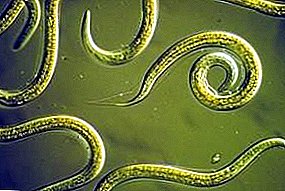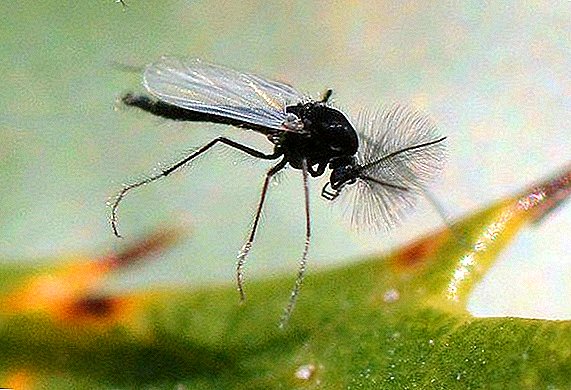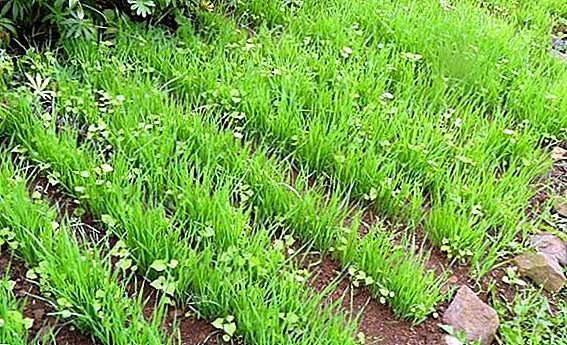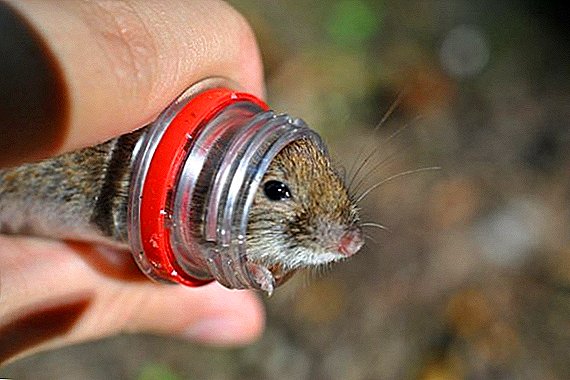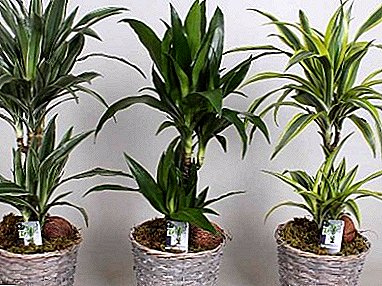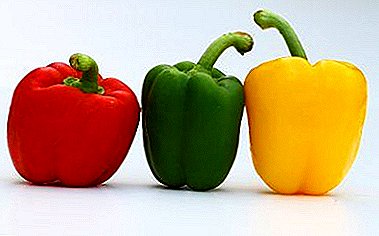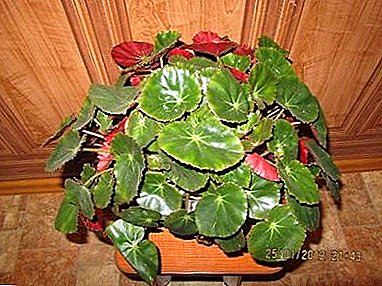
Red Begonia - unpretentious houseplant. In height reaches no more than 25 centimeters. Loves high humidity, warm and rare glazes.
Red Begonia is sometimes called Fista. Scientific name Begonia erythrophylla (feastii). The homeland of this amazing beautiful plant is South America. The red leaf got its name due to the underside of the leaves of red or burgundy color. Possesses glossy smooth leaves of oval-beveled shape without pubescence, sometimes without a jagged edge. Wide reach the leaves 8-12 centimeters, in length from 12 to 15 centimeters. Stems short, broad, emerald green, tightly pressed to the ground. Petioles bright, naked. The flowers are miniature pale pink color. Flowering can occur from December to June. Maximum height Fista 25 centimeters.
Landing fists

Planting Krasnolistnoy should be made spring before or after flowering. The root system does not go far into the soil - it grows over wide distances above the ground. Therefore, planting should be done in flat containers.
Plastic pots work well. It is not recommended to use wood or metal material, as with heavy watering the tree cracks and the metal begins to rust.
Composting is best for planting. Soil in equal proportions mixed with mineral fertilizers, peat or compost. Sometimes add leaf soil or sand.
It is forbidden to tamp the soil tightly, the ground must be loose and breathable.
Begonia Care
Young flowers with intensive growth watered moderately - as the land dries. Adult Fistas require watering once a week. In winter, watering is reduced to once every one and a half to two weeks. Abundant watering is not recommended - there is a risk of powdery mildew. In winter, the bush requires high humidity. In hot summer weather around the plant it is necessary to spray the air. Required temperature during the summer period from 20 to 22 ° C. In winter, from 16 to 18 ° C. The temperature should not fall below 15 ° C. It is fraught with death. The red leaf grows well in warm rooms with abundant sunshine. Loves scattered bright light. Prefers western and eastern sides. From the midday sun Fistu pritenuyut. With a direct hit of the rays, the leaves burn out and get burned. With a lack of light, the leaves begin to turn pale.
Form and methods of breeding red-begonia

To form a crown is not recommended. Prune the plant only in order to obtain planting material. Flower propagation occurs by cutting.
The end of a growing rhizome is neatly cut. Cutting length of 6-9 centimeters dipped in a hormonal drug, promotes good rooting. Stalks are planted in pots with a diameter of not more than 10 centimeters.
For reproduction using a mixture of wet peat and sand. In the tank do drainage holes and cover with a glass jar.
Planting material is installed in warm rooms with abundant sunlight. 14 days later the red leaf need to feed fertilizers. A month later, the Fists remove the glass jar completely and produce abundant watering.
The life span of begonias is small from 7 to 8 years.
Transplanting and feeding
Young copies transplanted every six months, as with frequent changes, begonias start to grow well. Adult flowers are transplanted as the tank is filled with the root system, usually once every 3-4 years. It is recommended to feed a full mineral fertilizer once every 30 days. Fertilizers come with irrigation. The preparations are mixed with water at room temperature.
Liquid fertilizers, bird droppings (0.5 kg per 12 liters of water), rotted manure (0.5 kg per 5 liters of water) are well suited for feeding.
Chopped banana skins, citrus peels, onion peel, ash, tea leaves can be added to the soil.
Features of winter care

Winter Red Leaf needs special care. The temperature of the room should not fall below 15 ° C. With a lack of sun is recommended to use artificial light.
Humidity should be increased year-round. The air around the plant is sprayed with settled water. Watering is reduced to once every half to two weeks.
The earth is well loosened to create good breathability. Feeding is reduced to once a month. In order to avoid freezing the flower is protected from drafts and winds. When a dormant state occurs, it is not recommended to touch Fista.
Diseases and pests
The flower can get root and gray rot. Root rot affects the roots of the plant. They become brown or burgundy. The disease can not be seen immediately. Therefore, the blackening of the stems and leaves of the Krasnifolia leaf is permissible. To save begonia from this disease can only remove the infected root system. To prevent such a disease, do not flood the plant and use a good drainage system. Gray rot is manifested in the form of mold. The fungus easily subsides when the plant is turned in the other direction. When the disease starts, the leaves darken and crumble. The cause of such a disease is too high humidity and poor ventilation of the room. From the pests can appear mealybug. It manifests itself in the form of rough convolutions in the leaf sinuses. Usually, the nest of such a pest is located at the bottom of the leaf red plate. Because of its fluffy cobweb, mealybug is called shaggy aphids. Plant pest when large accumulated dust and dirt.
Fista has beautiful bright leaves.
Often root rot is sick when blackening of the plant stem occurs. It has miniature pale pink flowers. It blooms from December to June.
A photo
Next you can see the home care photo for the red-leaved begonia:







